Slideshow: Rate Your Asthma Symptoms

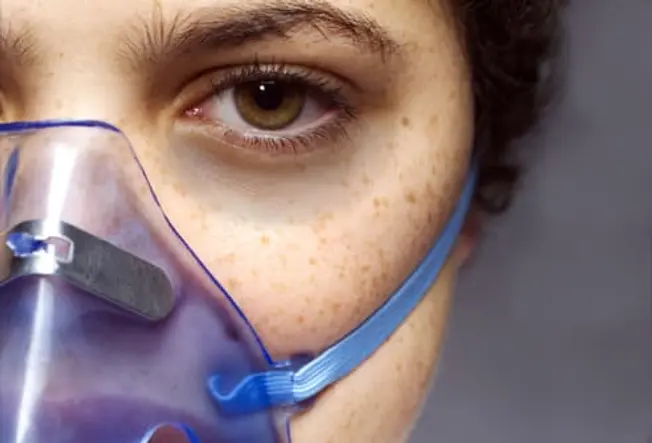
Asthma Early Warning Signs
Asthma attacks rarely happen without warning. Before one begins, you might:
- Not feel hungry
- Feel tired or have trouble sleeping
- Cough often
- Decreased exercise tolerance
- Get dark circles under your eyes
- Wheeze and feel very weak or tired when you exercise
Recognize the signs, and you could keep yourself from having an asthma emergency.
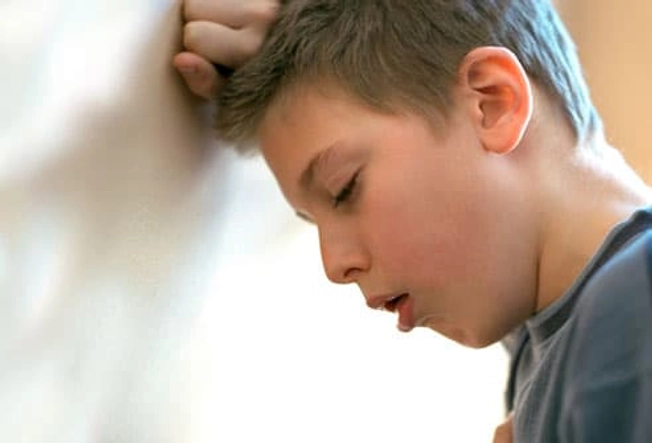
A Cough That Doesn't Go Away
Signs of an asthma attack can change from one attack to the next. One time you might have little or no coughing beforehand. The next time, you might have a cough that you just can't get rid of, especially at night.
An asthma cough is usually dry and hacking. If you have one that doesn't go away after other cold symptoms are gone, that could point to asthma.
Avoid taking cough medicine to feel better. It won't help the asthma.
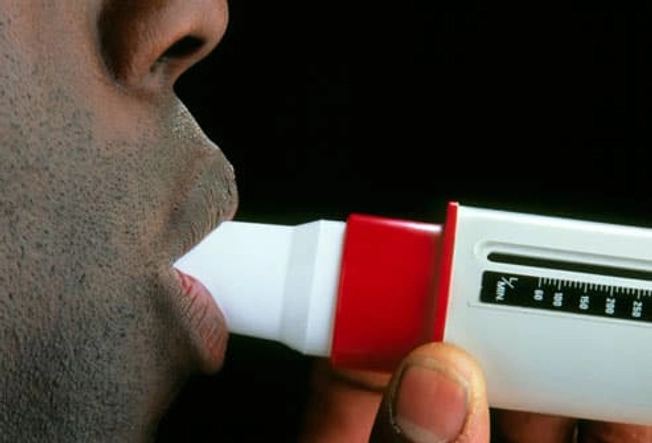
Measurable Changes in Your Breathing
A peak flow meter can let you know if an attack is about to happen. Be sure you always know the number that reflects your best breathing.
- If your peak flow meter shows numbers between 50% and 80% of your personal best, an asthma attack has probably started.
- A number below 50% means an emergency. Use your rescue inhaler, and call for help right away.
- Call 911 if you have trouble walking or talking because you're short of breath, or if your lips are blue or gray. Use your rescue inhaler while you wait for help.
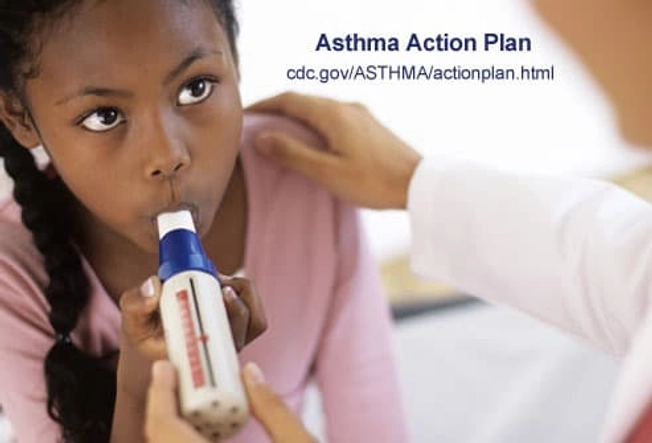
Follow Your Asthma Action Plan
An action plan tells you how to deal with the symptoms of an asthma attack.
- Based on your peak flow numbers, it shows you what medicines to take and when. It's important to follow the steps and take your medications exactly as your doctor tells you to.
- If your symptoms still get worse after you've followed your plan, call your asthma doctor. Your plan should have instructions for emergencies, too.
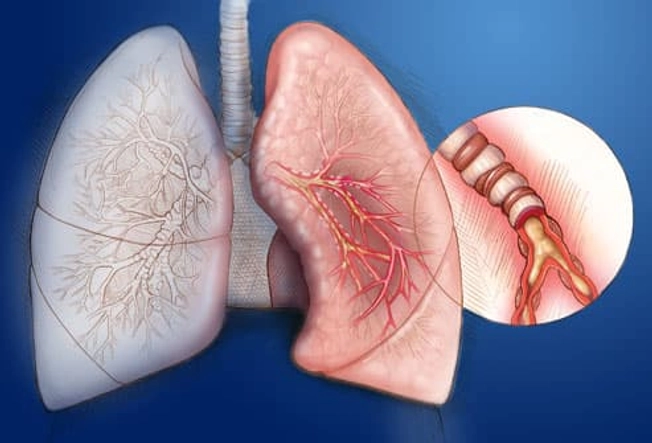
Trouble Breathing
During an asthma attack, muscles around the airways tighten, and the airway linings swell.
- The airways make too much mucus, which can block the air tubes in the lungs.
- Air gets trapped in the lungs, and it gets hard to breathe.
Wheezing might be the first symptom you notice. But as the attack gets worse, you'll feel more chest tightness and shortness of breath. Eventually, you might feel like you can't get enough air.

Posture Changes
When someone is having trouble breathing, they might lean forward, speak in single words instead of sentences, and get very agitated.
As the problem gets worse, they might hunch over with their hands supporting their upper body. This is called the tripod position.
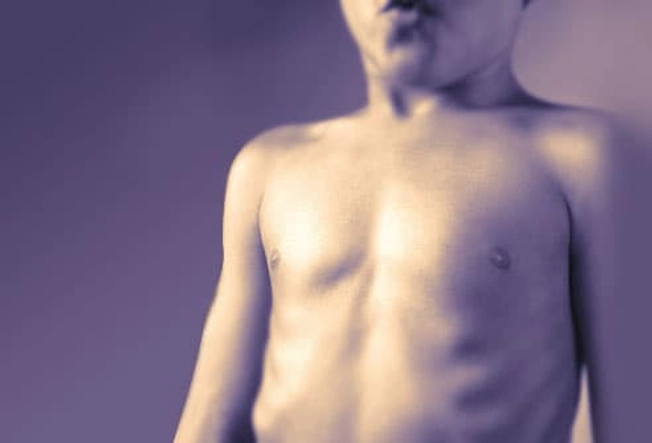
Chest and Neck Retractions
When it's hard to breathe, the tissue in the chest and neck may sink in with each breath. This is called retraction.
Retractions mean not enough air is getting into the lungs. They're a sign of a medical emergency. Call 911 or see a doctor right away.
In children, other signs that breathing is getting worse are:
- Poor appetite
- Feeling tired
- Not as active as usual
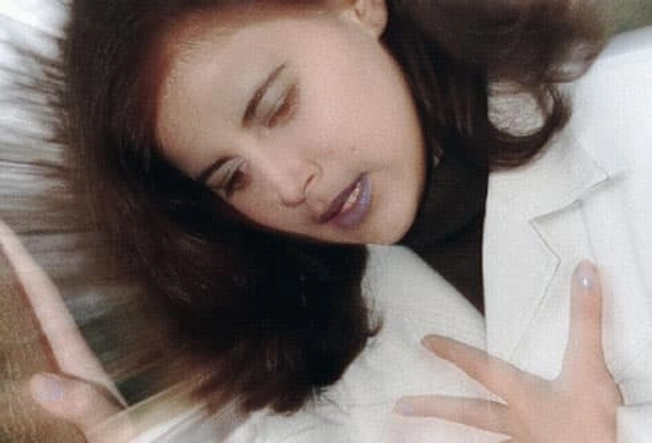
Blue Lips or Fingernails
Blue or gray lips or fingernails are a sign that there's not enough oxygen in your blood. The condition is called cyanosis.
If it happens, you need medical help right away. Call 911 as soon as possible.
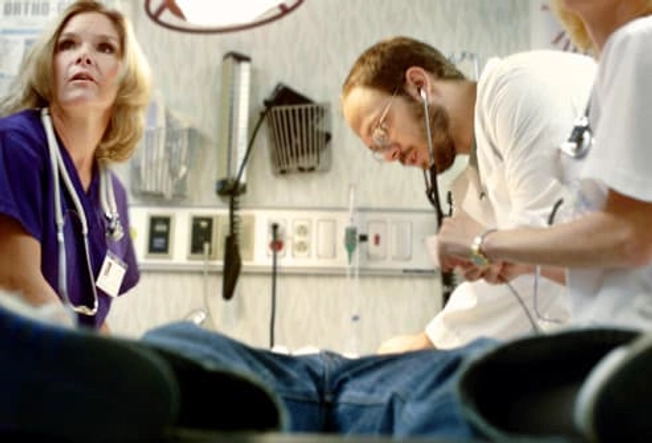
Other Signs of Asthma Emergencies
Get emergency help at once if you have any of these symptoms:
- Trouble talking
- Can't exhale or inhale
- Shortness of breath
- Feelings of anxiety or panic
- Coughing that won't stop
- Pale, sweaty face
IMAGES PROVIDED BY:
(1) Coneyl Jay/Photo Researchers, Inc.
(2) Publiphoto/Photo Researchers, Inc.
(3) Saturn Stills/Photo Researchers, Inc.
(4) Ian Hooton/Photo Researchers, Inc.
(5) Molly Borman/Photo Researchers, Inc.
(6) Cordelia Molloy/Photo Researchers, Inc.
(7) TRBfoto/Photodisc
(8) Phillip Garo/Photo Researchers, Inc.
(9) Photodisc/WebMD
SOURCES:
American Lung Association: "Asthma Attacks," "Early Warning Signs."
Cleveland Clinic: "Symptoms of Asthma."
Duke University Health System.
DukeHealth.org: "Coughing 'til Morning, Parents Take Warning: Asthma Can Sneak Up on Some Kids."
KidsHealth: "What's an Asthma Flare-up?"
Medscape Reference: "Asthma – Overview," "Asthma – Physical Examination."
National Heart, Lung, and Blood Institute, National Institutes of Health, U.S. Department of Health and Human Services. NIH Publication No. 07-5251, October 2006.
National Jewish Health: "Asthma: Symptoms."
Regional Asthma Management & Prevention: "Asthma Action Plans."